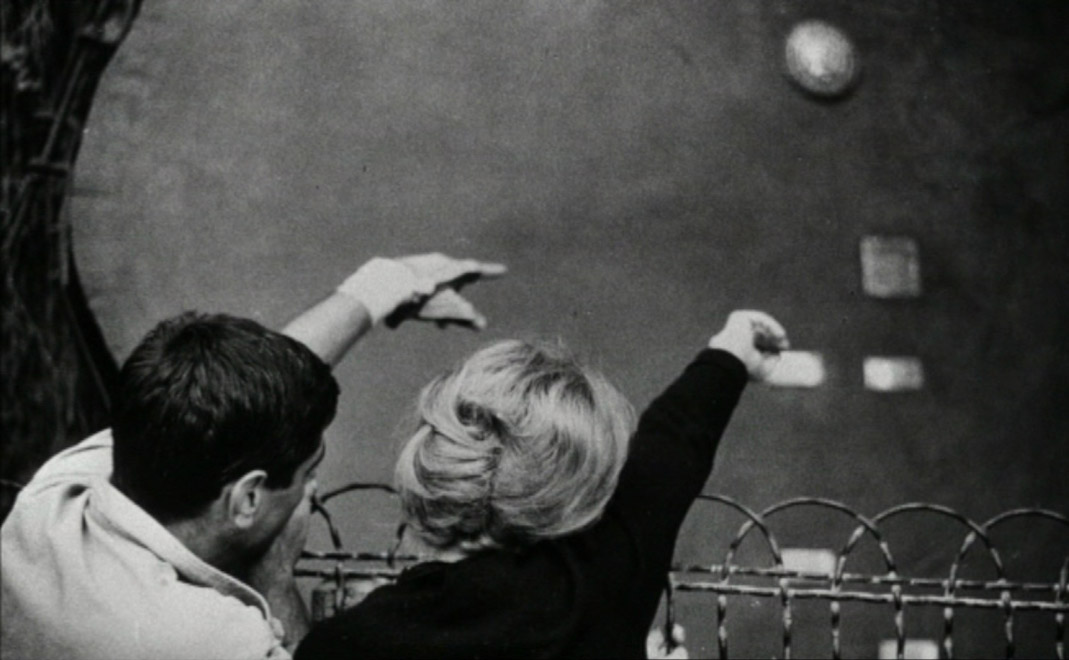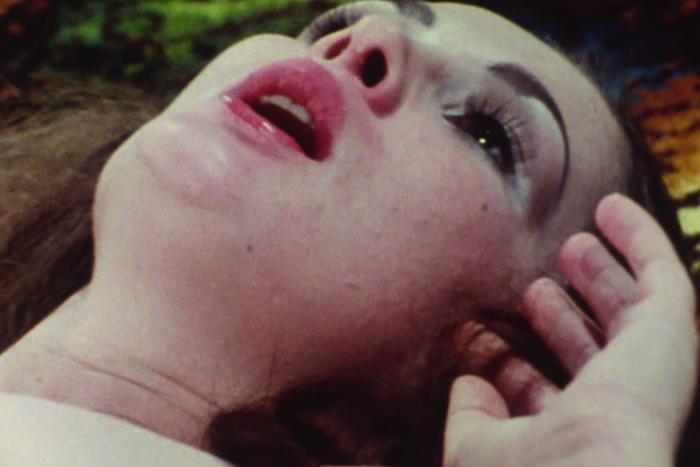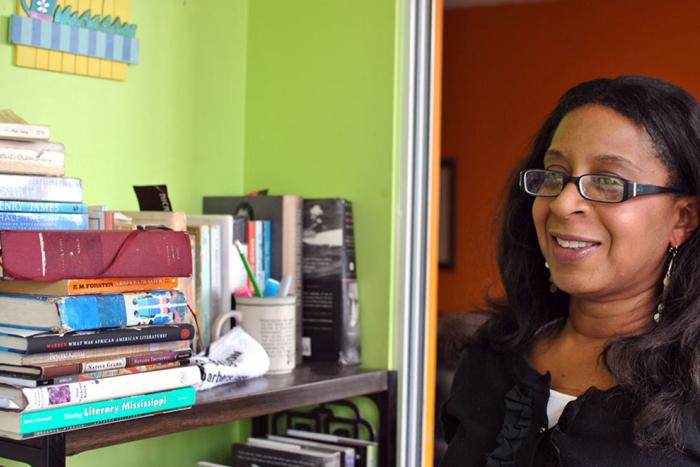Chris Marker, esteemed filmmaker and documentarian and perhaps the greatest-ever film essayist, passed away last summer. The importance of the work that survives him can’t be overstated. Though his work spans many formats, lengths, and practices—from 16mm film shorts to video installations to interactive CD-ROMs—his two most enduring and popular works are, by Marker’s standards, relatively conventional from a formal perspective. La Jetée, by far the most widely known of Marker’s films, is also his only work of outright fiction, a 30-minute sci-fi short composed of black-and-white still photographs shot on 35mm film. Later remade by Terry Gilliam as 12 Monkeys, La Jetée is a strange and beautiful piece, equal parts philosophy and dystopian fiction, a tightly plotted thriller and a meditation on being and time.
La Jetée screens May 17 at the Bell TIFF Lightbox in Toronto as part of a new mini-retrospective of Marker’s work, entitled Remembrance of Things to Come: Works by Chris Marker. It will be screened alongside his other most well-known work, the feature essay-film Sans Soleil, a 100-minute travelogue and epistolary film that combines elements of fiction and the form of the documentary. On the surface, these two films have little in common—made more than twenty years apart, at wildly different running times and in different conceptual and formal registers, each seems better suited to a pairing from elsewhere in Marker’s filmography. But at their core they share an identical obsession: time. These films delve into memory and the past, questioning what it means to record and to remember. In keeping with this search, the following essay has been structured as an exercise in essayistic time travel, moving from one point to another to trace strange and important connections.
--
I.
2000. A line from David Cronenberg’s Camera: “When you record the moment, you record the death of the moment.”
II.
1978. Philip K. Dick prepares a speech he will ultimately not make for an appearance at the University of Science and Technology in Rolla, Missouri. In it, Dick tells the story of how he inadvertently lived out a chapter from a novel he had written more than eight years earlier, in which a man has a life-changing encounter with a stranger at an all-night gas station. He goes on to explain that this experience, which resembled the events of his novel precisely, was almost identical to a central story in the Book of Acts, in the Bible—a story he’d never read. The same story, the same events: in 50AD, in 1970, in 1978. Dick concludes that the passage of time is an illusion obscuring our perception of the moment, every moment, happening now; we are living in one moment and in every moment simultaneously. The speech was published in 1985, under the title “How to Build a Universe That Doesn’t Fall Apart Two Days Later”.
III.
1954. Pierre Boileau and Thomas Narcejac publish D’entre les morts, or The Living and the Dead, a crime novel about memory and obsession, set in Paris in 1940. It tells the story of Roger, a lawyer and former police officer hired as a private investigator to track a wealthy friend’s wife, Madeleine, who appears to believe she is possessed by the spirit of her great-grandmother. Roger finds himself deeply fascinated by the enigmatic Madeleine. He follows her to an opera house, and later, to the Seine, where he saves her from drowning. When Madeleine falls from the top of a church tower, Roger is unable to save her due to a debilitating feeling of vertigo, and the guilt of this failure consumes him. Four years pass. In 1944, Roger discovers a doppelganger: he meets a woman named Renée who looks strikingly like Madeleine. His obsession reignites.
IV.
1958. Alfred Hitchcock releases Vertigo, a film about memory and obsession, set in San Francisco in the present day. It tells the story of Scottie, a retired police officer hired as a private investigator to track a wealthy friend’s wife, Madeleine, who appears to believe she is possessed by the spirit of her great-grandmother. Scottie finds himself deeply fascinated by the enigmatic Madeleine. He follows her to an art museum at the Legion of Honor and, later, to the point beneath the Golden Gate Bridge, where he saves her from drowning. Later they travel together to the Muir Woods, where they observe the cross-section of a massive redwood, whose rings represent more than a century of growth. Madeleine points near the center: “Somewhere in here I was born”, she says, and, tracing her finger slightly outward, “and here I died.”
V.
1983. Chris Marker releases Sans Soleil, or Sunless, an essay film about memory and obsession. (And time: its passing and our reflection upon it, the absence of a moment, and the impossibility of returning the past to the present.) In it, a nameless woman we never see narrates the letters written by a travelling cameraman whose footage we see throughout, Sandor Krasna, who writes of Vertigo that it is the only film “capable of portraying impossible memory—insane memory.” Sandor finds himself deeply fascinated by the enigmatic Vertigo. He follows a kind of pilgrimage to the film’s locations, including the art museum at the Legion of Honor and, later, up and down the hills of San Francisco, where it “seems to be a question of trailing, of enigma, of murder, but in truth it’s a question of power and freedom, of melancholy and dazzlement, so carefully coded within the spiral that you could miss it, and not discover immediately that this vertigo of space in reality stands for the vertigo of time.” Later Sandor travels to the Muir Woods, where he observes that same cross-section of a massive redwood, whose rings still represent a forgotten century even older now than before. He remembers Madeline pointing, and saying “here I was born here, and here I died.”
But also: “He remembered another film in which this passage was quoted. The sequoia was the one in the Jardin des plantes in Paris, and the hand pointed to a place outside the tree, outside of time.” Where was outside of time?
VI.
1962. Chris Marker releases La Jetée, a film about memory and obsession. (And time: being dislodged from one place, charting the distance between memory and now, falling into the spiral and getting lost there. Being outside of time.) It tells the story of a nameless man, an underground prisoner in post-World War III Paris who is fixated on one image from a memory of his past, of a mysterious woman, who appears to be shocked while watching the death of a nearby man. The nameless man finds himself fascinated by this enigmatic woman, who he aims to seek out while being plunged back into his memory and into the past. He follows her to a pre-war market square and, later, to the Museum of Natural History, where he reflects upon the “timeless animals” serving as fixed representations of a long-forgotten past. Later they travel to the Jardin des plantes in Paris, where they observe the cross-section of a massive redwood, whose rings represent more than a century of growth. The man points towards the center of the tree and, tracing a line way outside of it, says, “This is where I’m from”. Outside of time.

VII.
1983. A passage from the beginning of Sans Soleil: “In the 19th century mankind had come to terms with space. The great question of the 20th was the coexistence of different concepts of time.” Or perhaps the coexistence of different times, period: an intersection of moments, of a now and a memory of the past, of a memory and an image that reflects or replaces it. Like the “timeless animals” at the Museum of Natural History, images are fixed moments of the past, documents of a time that, by virtue of being documented, are necessarily gone forever. The project of the cinema is to record the passage of time and return it to the present despite its absence. As the past recedes, the images remain. The spiral of time.
VIII.
1962. Memory seems continuous: we understand our lives essentially as narratives, a journey along a straight line from birth to death, and our memories follow along and record as we go. Our memories follow a steady trajectory through the past towards now. But upon closer inspection, our memory is discrete, fragmented, a series of disconnected snapshots of moments. Much like La Jetée: composed entirely of still images recorded on 35mm, its story is told in pieces, fixed images of moments in time arranged in a series. Or much like the cinema: snapshots of moments in time accelerated to 24 times per second, an illusion sustained for our benefit and pleasure.
IX.
1983. Cinema's desire to document is at once hopeful and cynical, a matter of renewable presence and infinite absence: the act of recording steels a moment against its passage into forgotten time, but it also confirms its death, for as soon as a moment is recorded it is gone forever. Every image recalls something that is no longer there, as if proving its lack. Sans Soleil and La Jetée reflect the obsession at the heart of Vertigo in form as much as in content: the struggle to return to an impossible past, an impossible or insane memory, to relive history through replication and repetition, returning something lost to life by representation.
Or perhaps reconstruction: in Sans Soleil, video technician Hayao Yamaneko creates synthesized images, called The Zone, which might offer access to memory and to time more directly, not reflecting reality but translating it. These images, Sandor explains, are “less deceptive than those you see on television. At least they proclaim themselves to be what they are: images, not the portable and compact form of an already inaccessible reality.”
An inaccessible reality: every moment swallowed up by the spiral of time.
X.
Now. Every image in Sans Soleil is at least 30 years old; filmed over the course of several years, many are likely much older. The rituals it documents may be obsolete, the people it records may be dead, the cities it traverses may have changed, or crumbled, or been rebuilt. Once a moment has past it is either gone or seen mediated: either through memory, distorted naturally, or through an image, mediated by the lens. If Sans Soleil has a theme, it is memory and the technologies that record and mediate it; it’s about the act of preserving time and the futility of trying to do so.
--
Find Hazlitt on Facebook / Follow us on Twitter






